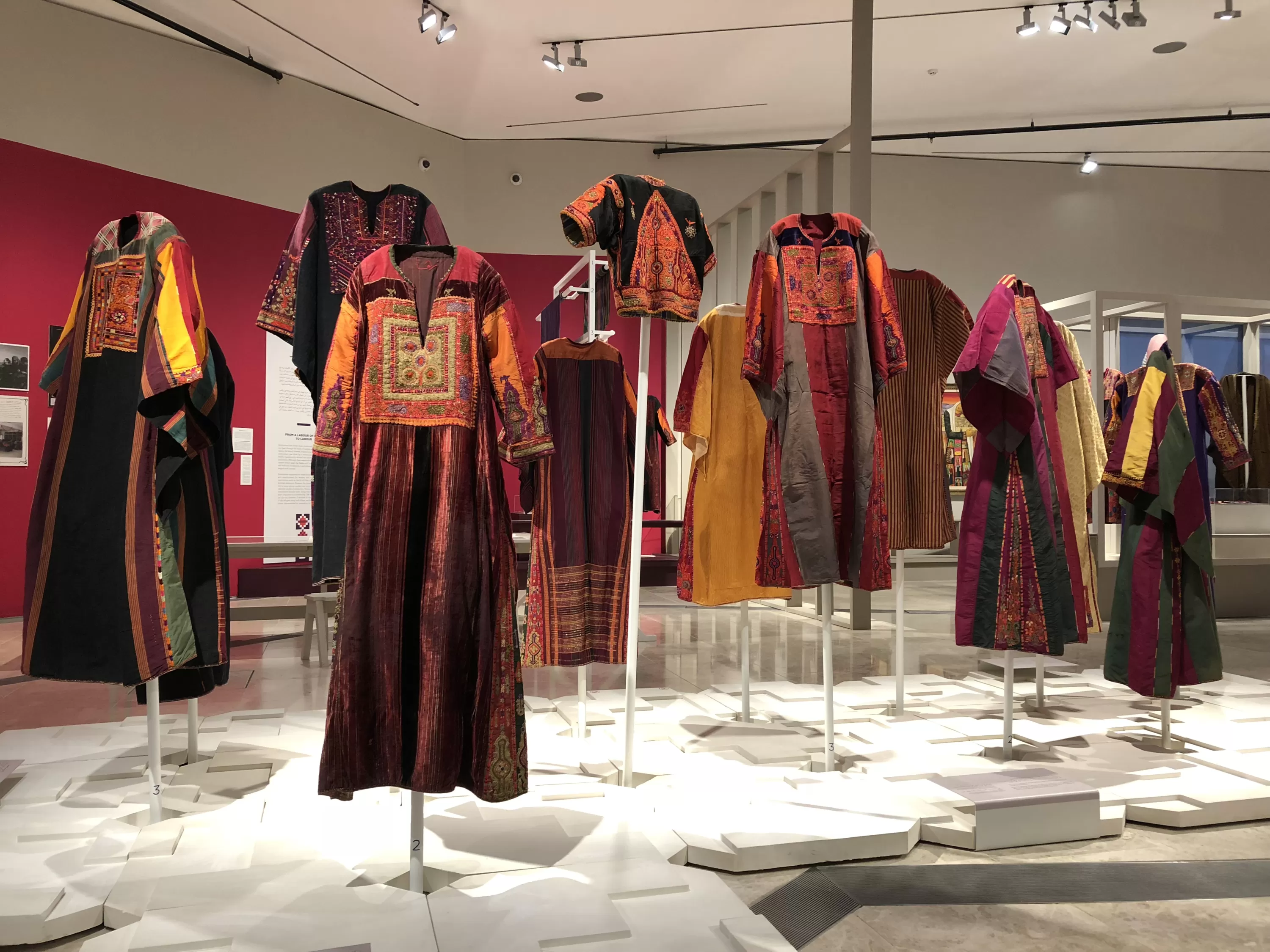
Reading the History of Bethlehem through Embroidery
Speaker: George Al-A’ma
Wednesday, July 25 | 17:30 -18:30
Bethlehem embroidery is noted for its distinctive style. This special embroidery technique, known as the Tahriri, was the innovation of Bethlehem women and can be seen on their dress – the Malak – as worn by them on special occasions. The city also introduced golden and silver threads to the embroidery, which gave their dresses a particular beauty. In the late nineteenth and early twentieth century, Bethlehem produced embroidered souvenirs in addition to the dresses, which pilgrims bought on their trips to the Holy Land.
Since embroidery was closely associated with the different socio-economic and political structures of every era, it served to document and to narrate the particular traits of these eras. We will thus discover the history of Bethlehem through its embroidery and see with a new eye the global dimension of the city’s heritage. We will learn of the effect that the migration of Bethlehemites to Latin America and their subsequent economic prosperity had on Bethlehem embroidery. In addition to geographic influence, we will also see the impact of religion insofar as the Muslim women in Bethlehem started to wear dresses embroidered with Christian symbols such as the cross.
George Al-Ama, a prominent collector, will recount the story of Bethlehem embroidery through the pieces in his own collection. He will provide us with an ethnographic documentation of the history of Palestine in general and of Palestinians in particular.
The talk will be in Arabic.
Free. To register, please fill the online form here.